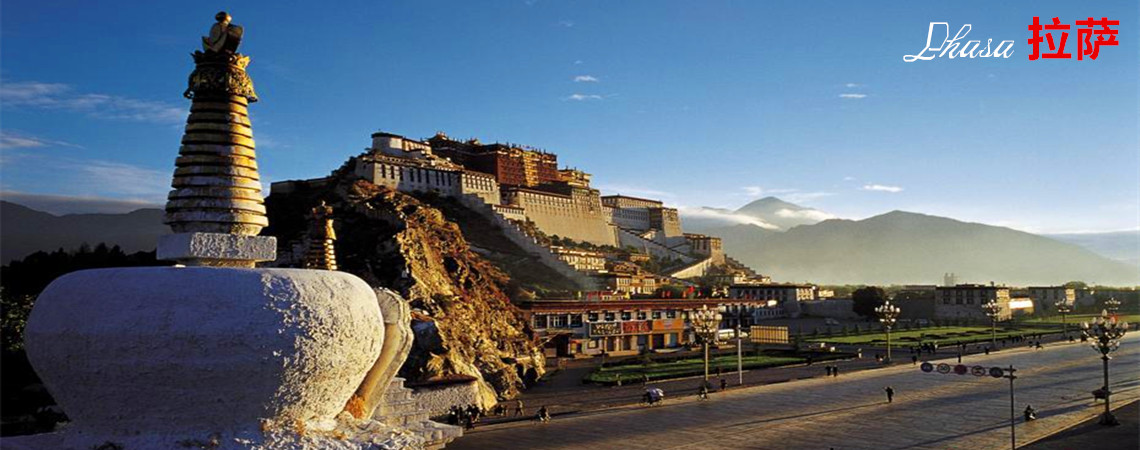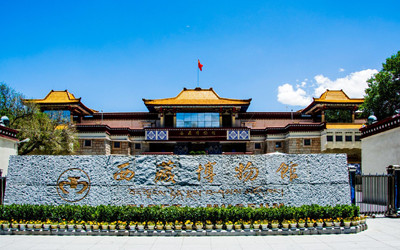Skype: neodalle-travel
Tel: +86 135 7447 2266
E-mail: sales@visitaroundchina.com

 History of the Tibet Museum
History of the Tibet Museum
The construction project of the Tibet Museum was listed as one of the sixty-two "Aid-Tibet Projects" in July 1994. It was opened in October 1999 to coincide with the 50th anniversary of the Founding of the People's Republic of China and the 40th anniversary of Tibet's Democratic Reform. The former Chinese chairman Jiang Zemin inscribed its name.
What to see?
Covering an area of 23,508 square meters including the exhibition area of 10,451 square meters, Tibet Museum is equipped with modern facilities to ensure quality service for visitors and safety and efficient administration of the museum itself. Here exhibits are introduced in Japanese, English, Tibetan, and Chinese, in order to accommodate visitors from all over the world.
The museum building is a pioneering institution in the history of the region. Designed by a Han Chinese architect from Sichuan province, the complex is a wonderful combination of Chinese and Tibetan architectural styles.
Exhibitions: Upon entering the Prelude Hall, visitors' attention will immediately be caught by the colourfully ornamented beams, pillars, lintels, banners and wall hangings. Going forward, visitors will see that the museum is actually sub-catalogued: the first catalogue includes two exhibition halls on the first floor, showing the splendid history of the land and its abundant natural resources; the other catalogue is on the second floor and is comprised of five small exhibition halls that display folk custom, treasures, and arts and crafts of that region.
The museum houses a rich collection of prehistoric cultural relics including Buddha statues in different postures, imperial jade seals, gold albums, gifts granted by emperors, colourful tangkas, and various printed Sanskrit and local scriptures. Visitors can also see variety of folk art such as unique local handicrafts, costumes, jewellery, and adornments made of gold, silver, and jade, as well as fine Chinese pottery.
In addition to showing the civilization of Tibet, the museum is also an ideal location to hold cultural exchanges and seminars, to preserve cultural relics, and to encourage the archaeological study.
Travel Tips
Add: in the southeast corner of Norbu Lingka, Lhasa city.
Entrance Fee: free
Opening hours: 09:00-17:00 ( closed on Monday)
Transport: Take bus 86, 98, 106, 109, 201, 203, 204.
Notice: The museum provide audio guide service. It costs CNY 20 to rent a machine.
 Ask Questions ?
Ask Questions ?